
Using an SEO roadmap can contribute to the success of any search engine optimization campaign.
An SEO roadmap is a document that puts your SEO strategy into words, almost like a blueprint, and can also be used to track the progress of all SEO-related tasks such as content writing, link-building, on-page optimization, etc.

In this blog post, we will cover everything there is to know about SEO roadmaps and how you can create one for your business.
At the end of this article, you can download a free SEO roadmap template that you can use as a starting point for developing your own roadmap.
What is an SEO Roadmap?
An SEO roadmap is a documented plan of action that outlines all the important tasks that need to be completed during the lifetime of an SEO campaign.
The SEO roadmap also includes important information on workflows, a project timeline, due dates for each task, and the people responsible for completing and managing each task in the roadmap.
As the name suggests, the SEO roadmap can be compared to a map that you use when traveling from one city to another.
Imagine for a moment that you’re driving from Los Angeles to Houston. A map will show you the directions and routes you need to take to reach your destination as soon as possible.
Without a map, you won’t know which offramps and onramps to take, resulting in potentially getting lost or taking longer than necessary to reach your destination.
An SEO roadmap is very much the same, it will show you the actions or “routes” that you need to complete in order to reach the final destination, which is higher search engine rankings.
Why Use an SEO Roadmap?
The main reason for using an SEO roadmap is because it provides guidance for all parties involved.
An SEO roadmap gives stakeholders, including staff members and clients, a clear idea of the key initiatives that need to be implemented over the course of an SEO campaign.
This will take the guesswork out of which activities need to be prioritized and paints a clear picture of the flow of work.
For instance, if your SEO roadmap indicates that you’ll be writing 10 keyword-rich blog articles over the course of the next 10 weeks, you’ll know that before any of this can be accomplished, you need to do the keyword research to find the target keywords for those blog articles.
An SEO roadmap communicates which resources will be needed and at which stage of the campaign. This gives you a good idea of the manpower needed, as well as the budget you need to set aside for an SEO campaign.
Taking the example of the 10 blog articles, the SEO roadmap will indicate that you’ll likely need a keyword research tool to find the keyword opportunities and perhaps a team of freelance writers to create the content.
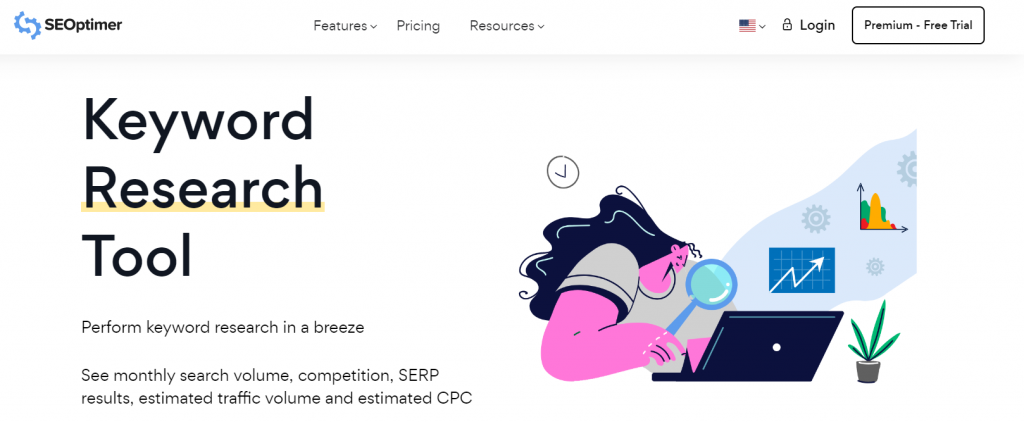
How to Create an SEO Roadmap
Now, there’s no “right” way to create an SEO roadmap. This document is flexible and can be adapted according to each business or client’s unique requirements and situation.
For instance, the SEO roadmap for an established eCommerce company will look remarkably different to that of a newly established small business targeting local customers.
Although no SEO roadmap will look exactly the same, the steps to creating one are quite standard.
Note: we will be using Google Sheets to create the SEO roadmap for this blog article. However, you can also use a project management software like Monday or Asana if you wish to do so.

Step 1: Determine Your Current Situation
The first step in creating an SEO roadmap for your business is to carefully evaluate where you’re currently at.
Before you begin working on your SEO roadmap and listing tasks that need to be completed, you need to have a bird’s eye view of your current situation. This will help give direction on what tasks need to be included in the SEO roadmap.
This includes evaluating current SEO metrics such as total monthly organic traffic, search engine rankings for target keywords, your site’s backlink profile, Domain Ratings, etc.
As an example, if this evaluation points out that you need to work on improving your site’s loading speed, you can add the activities associated with improving PageSpeed to the SEO roadmap.
This evaluation can be quite time consuming when done manually.
Luckily, you can use our SEO audit and reporting tool to get all of these insights within seconds.
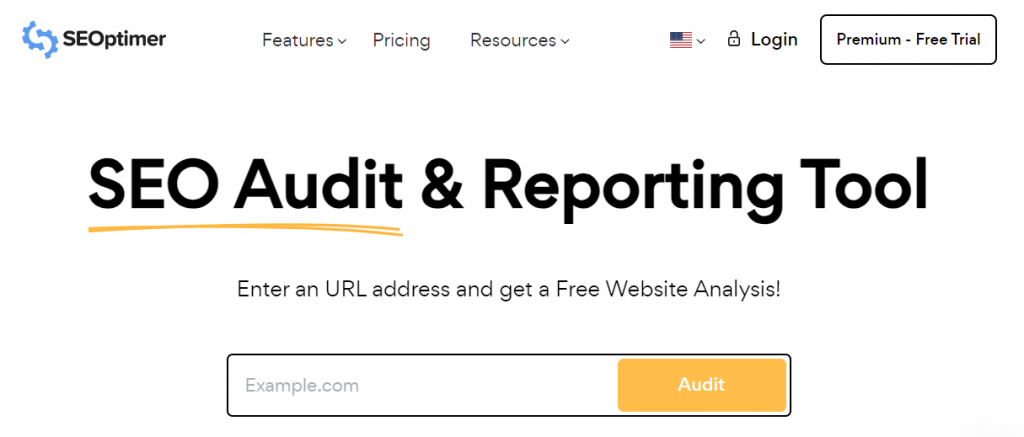
Our tool will crawl your website to give you valuable insights on a broad spectrum of SEO metrics and checks, including:
- On-page SEO
- Backlink profile
- Keyword rankings
- Local SEO metrics
- Website performance
- Usability
When running a site audit, our tool will also generate a list of action items and recommendations on how to improve your site’s SEO performance, arranged according to priority.
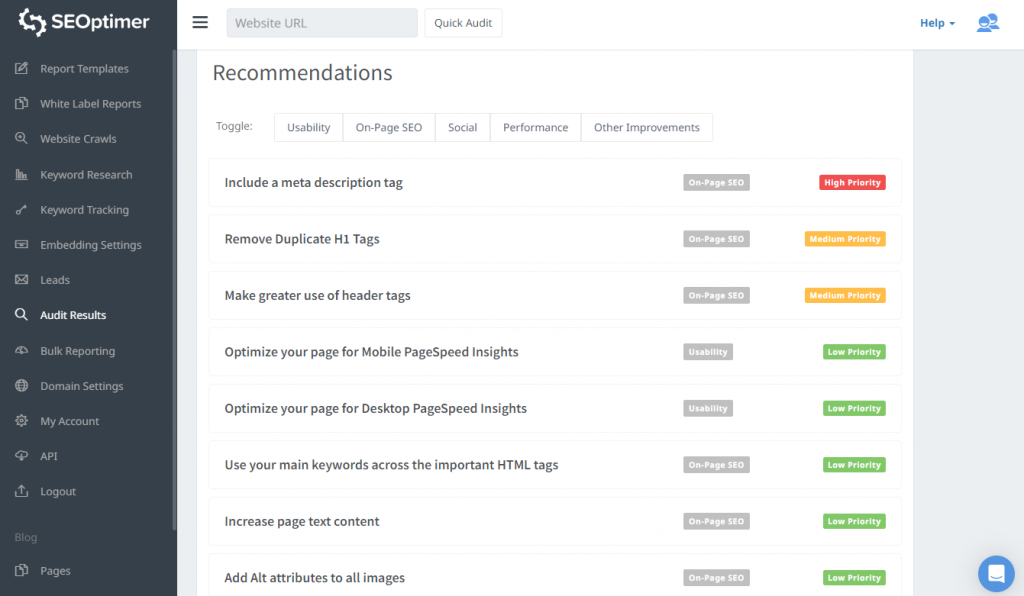
You can add these recommendations and action items to your SEO roadmap.
Another important factor to keep in mind during this stage of the process is to evaluate the budget and resources that you have at your disposal. This is vital since it determines whether or not you have the option to hire new staff when needed and which SEO tools you can use.
Step 2: List Key Tasks
This next step is what makes up the bulk of the SEO roadmap.
Begin by clearly defining which results you want to achieve by the end of the SEO campaign.
Then, create a list of all the tasks that you need to complete in order to achieve your desired result.
For instance, if your goals is to rank in one of the top 3 spots for a target keyword in the local map pack, your task list might include:
- Selecting the right Google My Business category
- Creating local citations
- Ensuring NAP details are consistent across the entire web
- Adding high-quality photos and videos of your physical location
You can add all the activities you’ve decided on to the first column of your actual SEO roadmap.

Step 3: Plan Workflows and Assign Tasks
Now that you’ve added all of the tasks to the SEO roadmap, the next step is to plan out the workflows.
Ideally, you should already have created a few SEO SOPs for all those repeatable tasks such as uploading content to a CMS, doing keyword research, building links to pages, performing on-page SEO, etc.
Feel free to add links to these documents to each relevant workflow.
Having a set of SEO SOPs will help your team to complete work faster and can reduce the possibility of making mistakes or leaving out something important.
You should arrange action items according to priority and whether there are tasks that are dependent on the completion of prior items on the list.
Let’s take the example of the 10 blog articles that we spoke of earlier.
Well, before those articles can be written or outsourced to a freelance writer, you and your team need to create the content brief for each article you intend to publish on your blog.
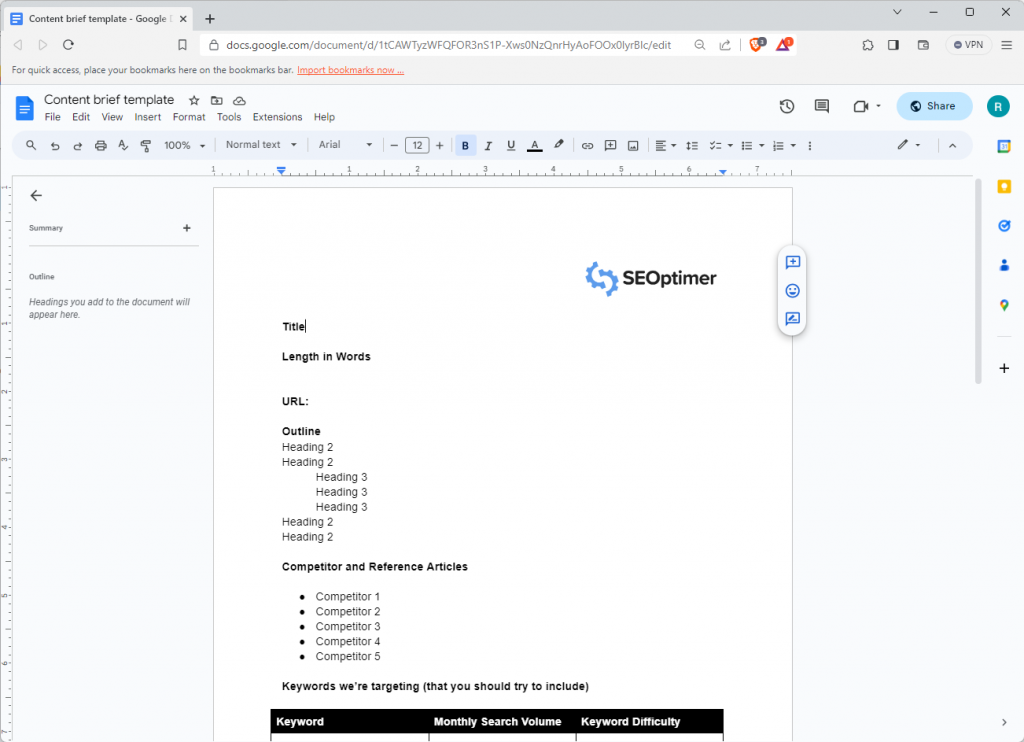
For this example the workflow would look something like this:
-
- Do keyword research to find high-volume, low competition keywords that are relevant to your business.
- Write a content brief for each article.
- Send content briefs to writers.
- Review drafts from writers.
- Publish articles on your website’s blog.
For this step, you need to assign the tasks on your list to relevant staff and freelancers.
Here you’ll also be able to see if you need to hire additional staff or freelancers if you find that your team won’t be able to complete all the tasks listed.
If, however, you find that you don’t have the capacity to hire new people (based on your evaluation in Step 1), then you might have to consider dropping less important tasks or lengthening the duration of the SEO campaign.
If you're an SEO consultant or agency providing services to clients, then lengthening the duration of the SEO campaign isn’t really an option, since this will cost the client more or could lead to scope creep.
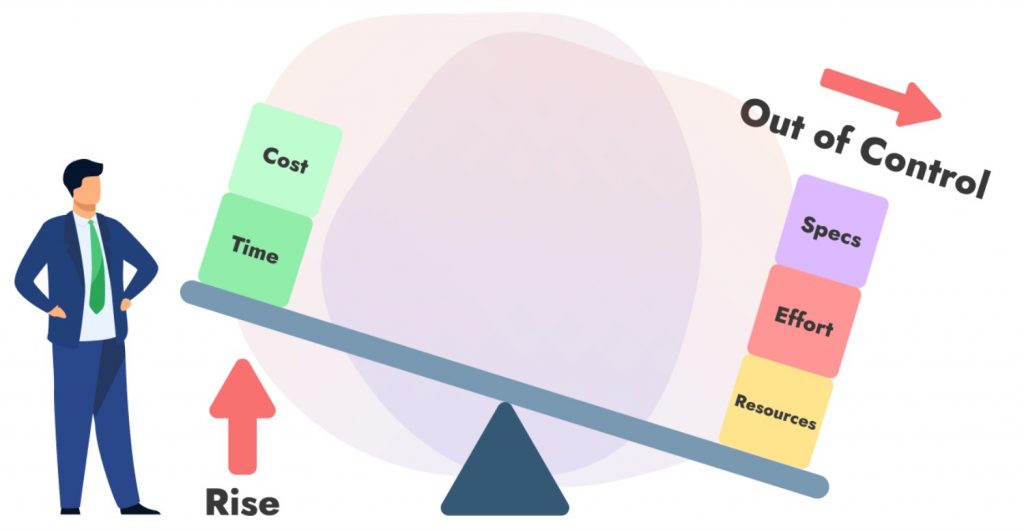
In this situation you’ll be better off leaving tasks that have the lowest impact on outcomes.
For this reason, it’s important to arrange action items according to priority and potential reward. Ideally, you want to focus on completing tasks that yield the best results for the least effort.
Step 4: Add a Timeline to the SEO Roadmap
An SEO roadmap also features a timeline for when each of the action items will be completed.
This timeline can vary from 6 months to up to a full calendar year, depending on the duration of the SEO project.

Adding a timeline is one of the key principles of successful SEO project management and gives internal teams a predetermined schedule to follow.
Step 5: Monitor the Quality of Outputs
The last step in this process isn’t actually related to the creation of the SEO roadmap itself, but deals more with the monitoring of outputs.
If you notice that the quality of work is falling or that your SEO efforts aren’t yielding any positive results, then you should revisit the SEO roadmap to determine if there are any steps missing in the action list.
The problem could also be that you’re not sticking to the timeline you’ve established. This could be because you’ve overestimated how fast tasks will be taken care of.
If this is the case, try to identify which parts of your processes are causing the delays and rectify the issue.
SEO Roadmap Template
Here’s the link to our free SEO roadmap template. Be sure to copy the Google Sheets document so that you can edit the document according to your needs.
You can also download the template for Excel below.
Conclusion
As you've seen from reading this post, an SEO roadmap serves as a blueprint for properly executing your SEO strategy.
When done right, this document takes the guesswork out of which steps to take to reach the intended end result. This ensures that team members are on the same page and know exactly what is expected of them.
Keep these steps in mind when you’re creating your SEO roadmap.
Let the steps that we’ve outlined serve as a guideline for developing your roadmap, but also remember to be flexible since each SEO campaign and business is different.











